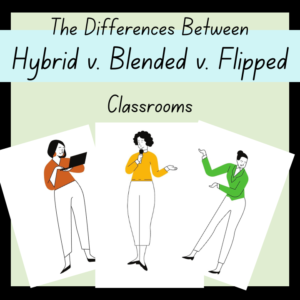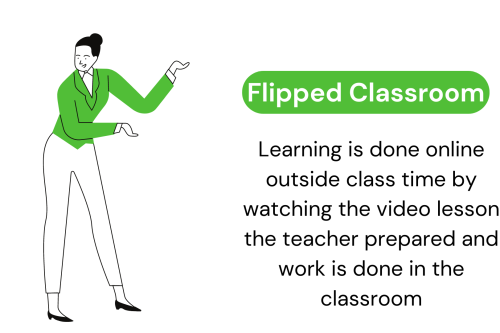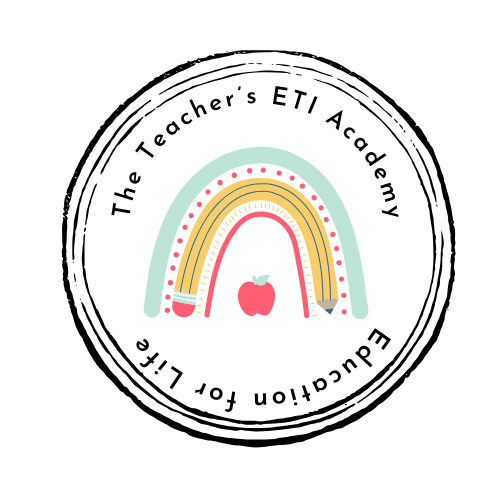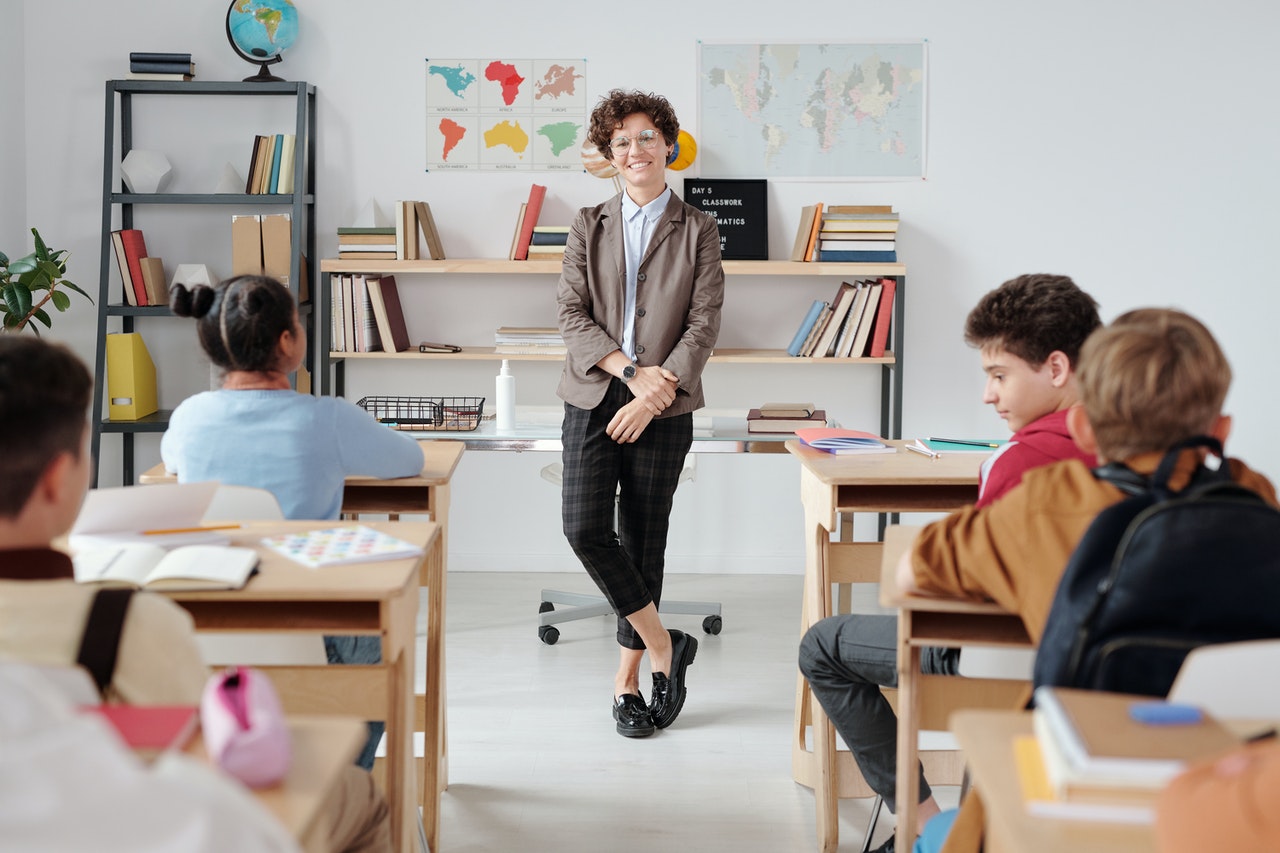Hybrid Classroom Setup for Boosting Engagement in Students
In this article, we’ll explore how to create an effective hybrid classroom setup for boosting engagement in students, maximizes learning outcomes, and supports both in-person and remote students.

The hybrid classroom model, which combines in-person and online learning, has become a powerful tool for boosting student engagement. By integrating technology with traditional teaching methods, this setup offers flexibility and accessibility, allowing students to participate in lessons regardless of location.
A well-structured hybrid classroom encourages active participation, fosters collaboration, and caters to diverse learning styles.
Hybrid Classroom Setup for Boosting Engagement in Students
The idea of a hybrid classroom may have existed before the COVID pandemic of 2020, but it really gathered attention as a means to reopening classrooms to in-person classrooms after two forced years of online classrooms.
At the end of this article consider signing up to view our digital resources that help with success in the hybrid classroom.
Click here to get your classroom to go from chaos to calm with this easy to understand simple read available on Amazon.

Sign up below to get your copy of this infographic that motivates teaching by looking at different types of classrooms in education.
Click to view this and other selections of digital products
Journal Writing As Part of the Hybrid Classroom
This blog contains affiliate links to highlighted websites and/or resources. By clicking on the link and making a purchase we may earn a small commission at no extra cost to you. Click here for full disclosure.
Looking for a good source to have students to have an outlet to express their emotions? Consider visiting promptly journals to view their wide selection of journals for every situation!
Click here to view and choose from among their wide variety of journal types.
What is a Hybrid Classroom?
The word “hybrid” simply means a mix between two certain characteristics pertaining to a concrete or an abstract idea.
Let’s take the idea of classrooms.
Hybrid classrooms therefore, are a mix of “in-person” classrooms and “online” classrooms.
The year 2020 saw students studying in online classrooms for the majority of the time.
The year 2021 saw a gradual return to in-person classrooms, but keeping the online classroom option open for students who were unable to attend the in-person classes due to COVID restrictions.
And so the hybrid classroom became a style of classroom that some teachers worldwide were now expected to teach in.
How are Hybrid Classrooms Different from Blended or Flipped Classrooms?
Hybrid classrooms are different from blended or flipped classrooms in the way teaching with technology is done.
Hybrid classrooms use technology to teach students physically present in the classroom and those attending virtually at the same time.

Blended classrooms have all students attend physically and are taught their lesson through technology, but their assessments such as: projects, assignments, and tests are done and graded online.

These measures of assessments can be done online by students sitting physically in the classroom or when they are at home.
Flipped classrooms have all students learn lessons at home and at their own pace through videos their teacher prepares online, and then they physically attend the classroom to complete assessments such as; projects, assignments, or tests.

The Pros of Hybrid Classrooms
In mentioning the pros to a hybrid classroom, we can also see how teachers can overcome the stress of teaching in the hybrid classroom.

I. The Opportunity To Learn is Unchallenged
The one real advantage to hybrid classroom is that no student is left behind. Students who are unable to attend the in-person classroom for any reason, may attend virtually so as to not miss an important lesson.
Therefore teachers can keep all students up-to-date as to what is happening in the classroom and not have to re-explain the material to students who missed attending the class.
II. Classwork is Done Online
Teachers teaching in the hybrid classroom should also be given digital copies of the textbook or have worksheets available online so that when students are completing tasks independently or in a mixed group setting (in-person and online), students are looking at the same material.
Teachers therefore can prepare only one set of materials for students instead of having students work on two different kinds of materials.
They can also use virtual whiteboards that are projected on screen for students in the in-person classroom to see as well
III. Lessons are Recorded
When teachers have started the virtual part of the classroom, they can also record the lesson so that if students come late to the in-person or online classroom, students can watch the lessons later so they catch up on what they missed.
The Cons of Hybrid Classrooms

In mentioning the cons to a hybrid classroom, we can also see how teachers can recognize the stress factors with teaching in the hybrid classroom, so that they can deal with the impacts to mental health.
I. Energy in the Classroom
The energy level needed to teach in a hybrid classroom supersedes those needed to teach in an in-person classroom and that of teaching in an online classroom.
We all need energy to get us through the day, there is no question about that. In the classroom, energy is closely tied to the motivation to get things done.
In the in-person classroom, students can feed off of the energy given by other students or the teacher and if the lesson is done right, the energy levels are high, and everyone is having a good time in the classroom.
With the on-line classroom, building student energy can be much more of a challenge because of the need to keep focused.
If the students are just expected to listen to the teacher talk, in the online classroom, the need to focus is challenged at much higher level because of the power of technology.
Teachers therefore, can find it next to impossible in finding the right balance of teaching to an in-person student compared to the online student.
A recommendation here would be for the teacher to keep instructions to a minimum and use interactive activities help re-enforce learning objectives and outcomes to help keep the energy level of students high
II. One Group May Be Ignored
As with technology, sometimes things don’t go according to plan, and so having students who are in the in-person classroom wait (and technically become ignored), while students in the online classroom is set up can be a challenge to classroom management.
When a teacher is speaking with the in-person students, he or she may unconsciously forget about the students online and vice versa.

It is hard as a teacher to split your attention between the two groups of students.
Therefore, it is recommended that teachers use material and learning tools that can be seen and used by both groups at the same time.
This can allow for more interactive interactions between students in both classrooms.
III. Monitoring Two Classrooms At the Same Time
When it is time for students to do their work, how can the teacher split the time between helping students in the online classroom, and helping those in the in-person classroom?
It sometimes happens that teachers who use material online to teach, may find themselves at their desk most of the time, instead of walking around in observing students
This is where the help of classroom jobs comes in as part of classroom management.
One classroom job given may be as classroom helper.
This is given to one student in either classroom who finishes their work first, and therefore can be ready to help others with any questions if the teacher is already busy helping another student.
Join Us Today!
Related Topics
Connect to our other pages as you navigate through our website. Explore what these pages have to offer you and you will be glad you did!
- ChatGPT and The Future of Classrooms
- Recognizing Teacher Identity in the Online Classroom
- How to Build Effective Classroom Management Strategies
- What Are Formative Assessments in Education?
- Effective Lesson Plans Checklist for Teachers
- 5 Important Tips for PreService Teachers
Final Thoughts…
The ideal classroom is still the in-person classroom because of the fact that human beings are social creatures and we need the energy that comes with interacting with others.
However, the technology that has become essential to our everyday lives is not going anywhere and will remain an ever greater part of education as the years go by.
This is part of the truth to online classrooms that has bothered so many teachers.
They feel like technology is in charge of the online classroom and not them.
The feeling is real for any teacher who has tried teaching online.
Therefore, as teaching in a hybrid classroom is not an easy task, and we recommend that only experienced teachers be asked to handle such classrooms, as they can be overwhelming for first year teachers or those not versed in technology to handle.
Share Your Thoughts!
Let us know what you think about hybrid classrooms and whether we helped you to understand more about how teachers can use them in the classroom!







